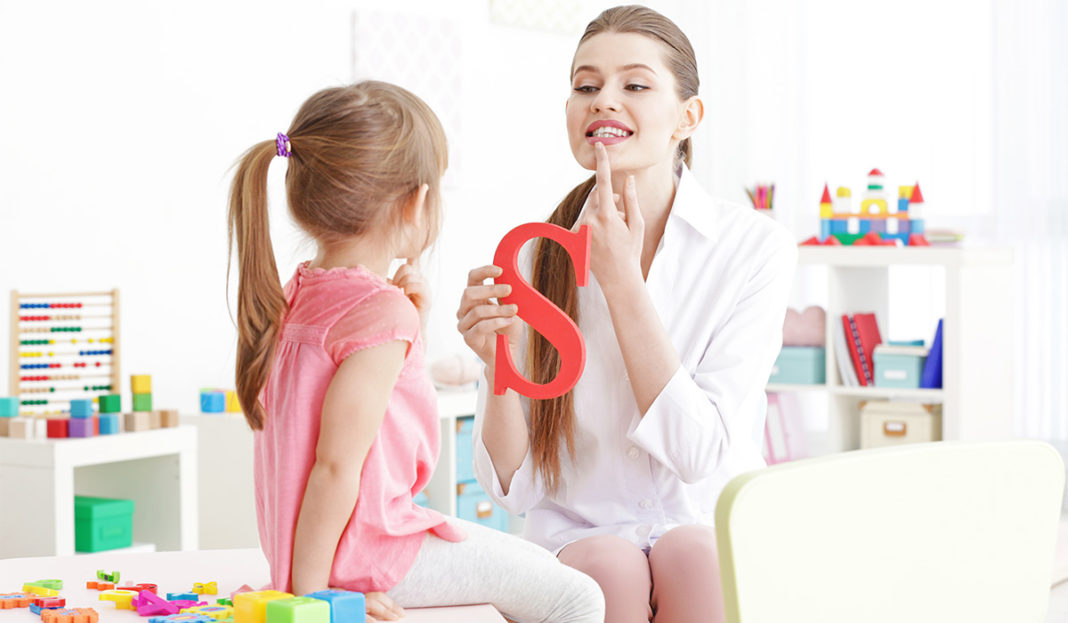Mothers can experience full-blown panic attacks when their children get sick. If you’re a mom, you probably go through the same thing when your child’s temperature shoots up. One of the most common causes of fever in children is Strep tonsillitis or Strep throat. Believe it or not, children aged three to seven years old are most prone to this condition because they have larger tonsils than adults and most children.
Understanding Strep Tonsillitis
The tonsils are the pair of glandular, oval-shaped tissues found at the back of the mouth. They serve to protect the respiratory structures below as well as other vital organs of the body such as the heart. When these tonsils become infected with harmful microorganisms, redness and swelling develop, resulting in tonsillitis.
Tonsillitis is commonly caused by viruses and less commonly by bacteria. The most common viral culprits of tonsillitis are adenovirus, rhinovirus, influenza, and coronavirus. The most prevalent bacterial cause of tonsillitis, on the other hand, is Group A beta-hemolytic streptococci. This basically explains why bacterial tonsillitis is also commonly referred to as “Strep tonsillitis.”
Signs and Symptoms of Strep Tonsillitis
The main symptoms of Strep tonsillitis include:
-
Moderate to high fever
-
Enlarged tonsils
-
Difficulty swallowing
-
Yellowish patches (pus) bordering the tonsils
-
Overall feeling of being sick
-
Headaches
-
Vomiting
Typically, no pus formation occurs in viral tonsillitis and the fever is usually low grade. Viral tonsillitis, in general, does not require treatment because it is self-limiting. This means that it will just resolve on its own after a few days. With viral tonsillitis, symptomatic treatment is all that can be done. Acetaminophen is usually recommended to relieve fever and pain.
Read more: Common Allergies Among Children
What You Should Do
First things first, don’t panic. Panicking will not do you any good and can even cloud your better judgment. Monitor your child’s fever using a thermometer that provides accurate temperature readings. Try to reassure your child and do the following tips:
1. Keep in mind that pain relief will depend on the age of your child. Rather than giving him throat sprays or making him take lozenges, here are some alternatives:
-
If your child is over a year old, you can let him sip warm fluids like chicken soup/broth (which is hands down the best cure for fever) or warm juices to alleviate soreness.
-
If your child is six years old and above, make him suck on hard candy or lollipops.
-
If your child is eight years old and above, make him gargle warm water with a bit of table salt. If he hates the taste of salt, use a liquid antacid instead.
2. When administering pain medicine, you may want to give your child something like acetaminophen, paracetamol, or ibuprofen. Use the medicine as prescribed by your child’s doctor. You can likewise give him acetaminophen or ibuprofen if the child’s fever is above 39 °C (102 °F). Remember that it’s important to keep the fever down. If the fever is less than the temperature mentioned previously, you can simply keep your child’s hydration in check.
3. Put your child on a soft diet consisting of fluids and foods that don’t need to be chewed as much. Contrary to age-old beliefs, a Strep tonsillitis shouldn’t keep your child away from cold drinks, popsicles, ice cream, and milkshakes. Keep in mind that keeping your child hydrated by giving him lots and lots of fluid is more important. Moreover, avoid giving him anything spicy, salty, or citrusy (so no orange juice or slices!). If you’re going to give him solids, cut them into very small pieces to make them easier to swallow.
4. Give your child antibiotics only if a doctor prescribes it. Strep tonsillitis responds quickly to antibiotics, and before you know it, your child’s fever may be gone within 24 hours. Just don’t expect the throat to feel better right away. It usually takes a day or two for the soreness to go away. Administering a sponge bath can also work wonders to bring the fever down.
5. Make sure that your child gets the rest he needs before you allow him to go back to his normal activities. Nevertheless, if the fever doesn’t go away after two days despite doing home treatments or if the child suffers from a seizure episode, call his doctor right away.
The same tips apply for when your child has a fever for whatever reasons. At the earliest signs, take his temperature. You’ll know that he has a fever if it goes higher than 100 °F. Make him feel comfortable, give him plenty of fluids to stay hydrated, and administer medicines as prescribed by a physician.
Finally, relax. As mentioned earlier, fevers are normal, so you shouldn’t panic over it. Follow the above-mentioned tips and with loads of TLC, your child will be bouncing back in no time.













